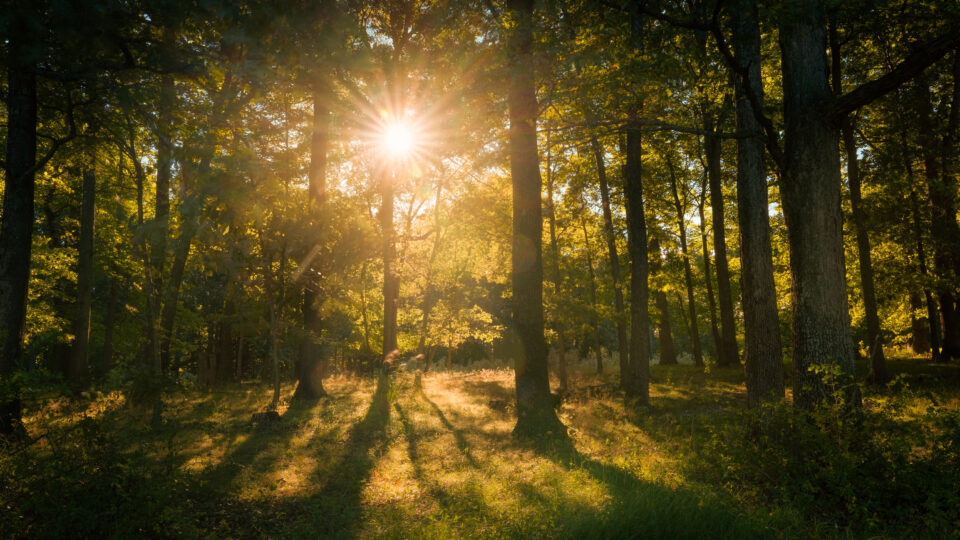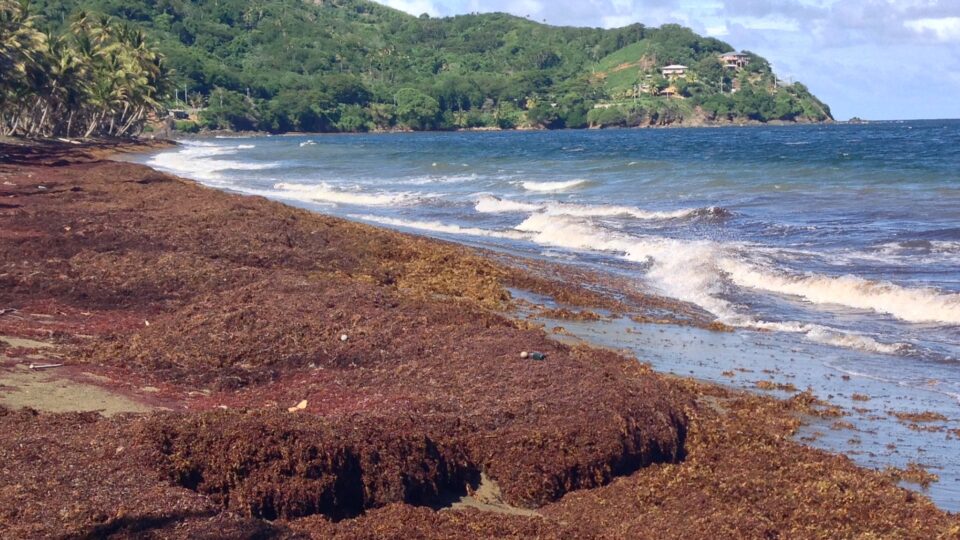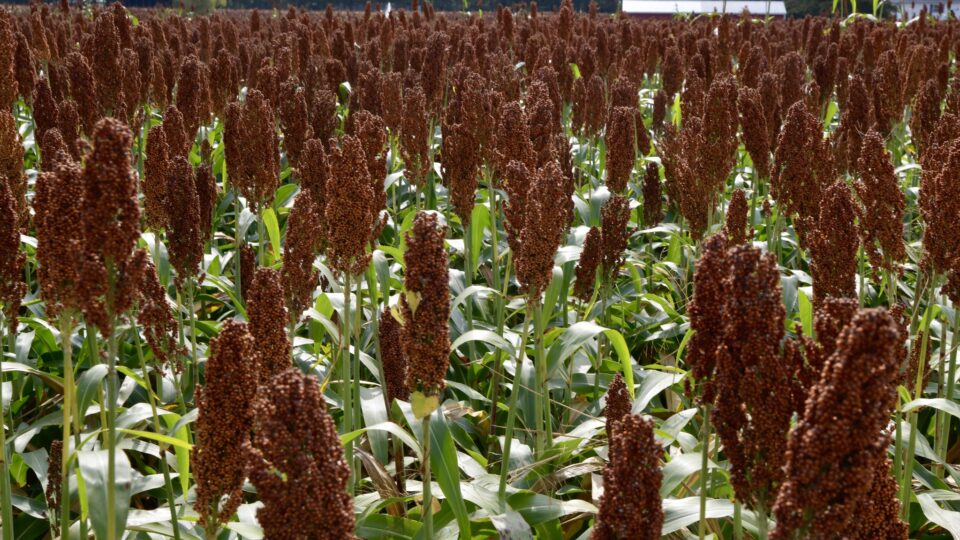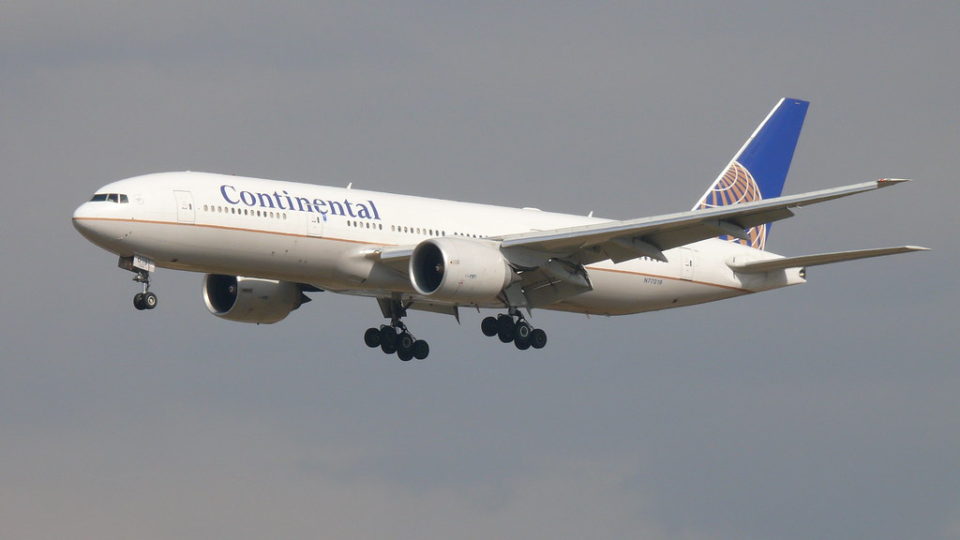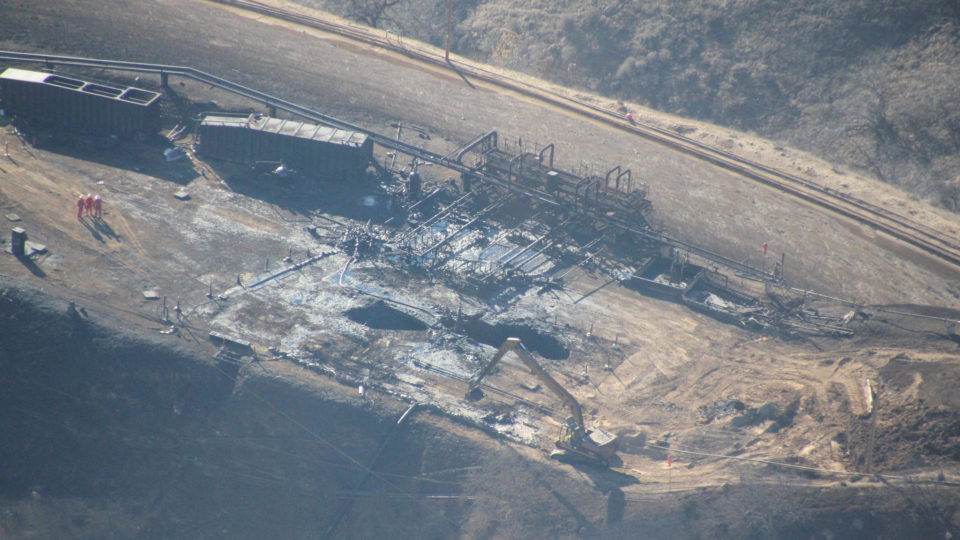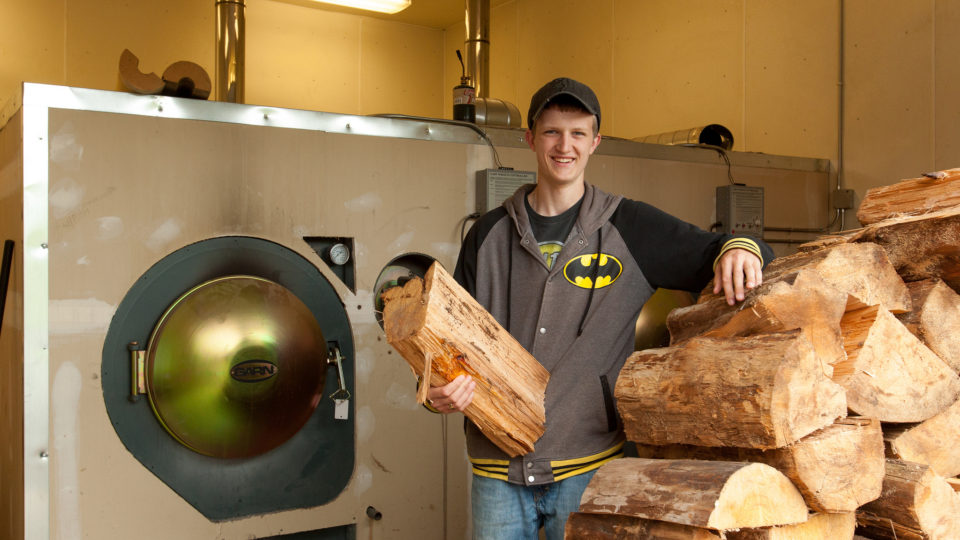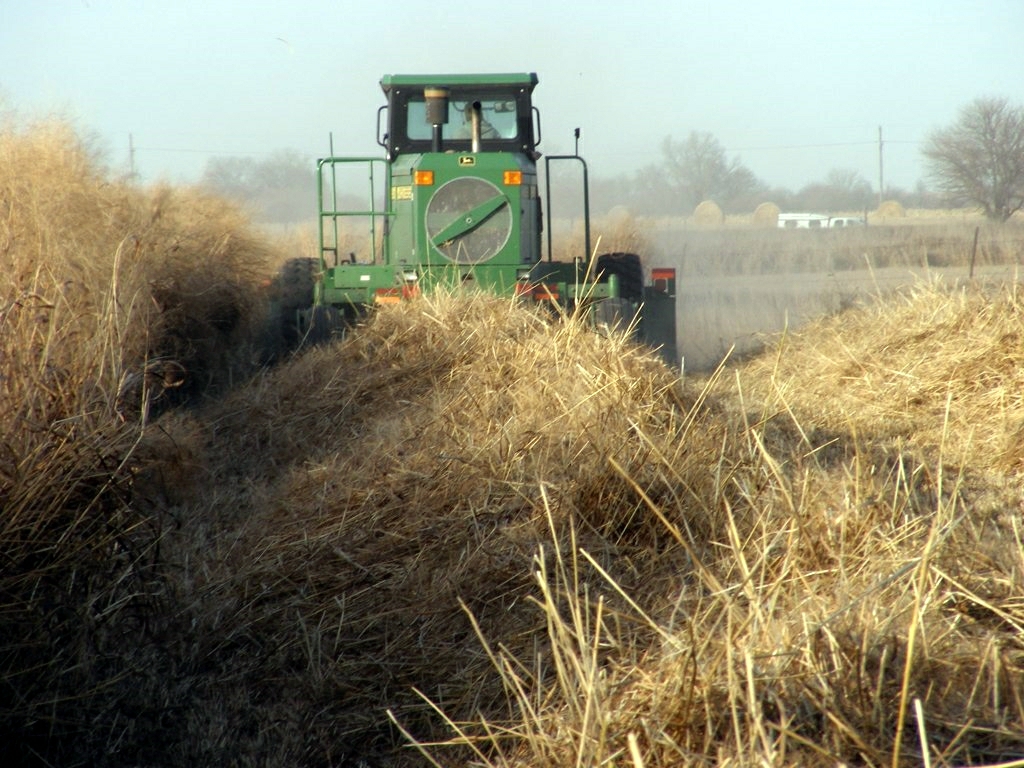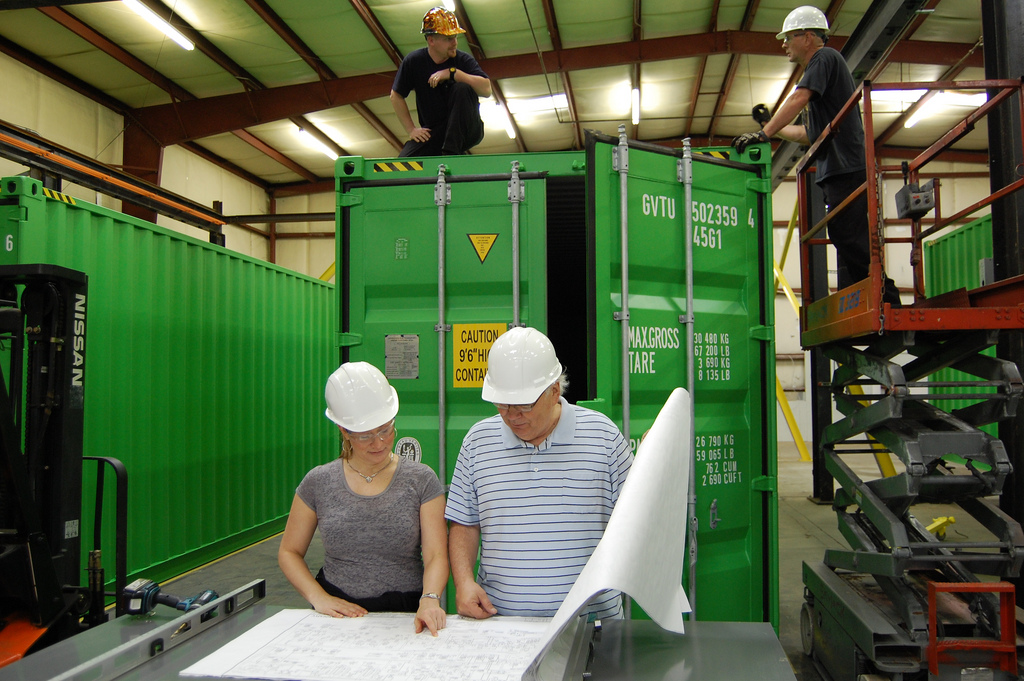More than half of the world’s countries have set a target of setting aside 30% of land and sea areas across the globe for conservation by 2030, in order to preserve and protect nature and essential services to people. This pledge creates some difficult questions to answer.
What sorts of land should be protected and where should it be located? What effects of these new land protections will there be on carbon emissions and the climate and on land usage for food production and energy generation? Policymakers have to grapple with such questions in order to move forward on these ambitious biodiversity protection goals.
A recent study by the Lawrence Berkeley National Laboratory attempts to answer many of these questions. The study found that meeting the 30% goal could lead to substantial regional shifts in land use and, in some cases, still fail to protect some of the most important biodiversity hotspots.
Protecting land entails tradeoffs with other land uses and can have negative impacts on the agricultural sector as well as land use for bioenergy crops and forest land use for timber.
In particular, the study found that the amount of land used for crops for conversion into biofuels could be significantly impacted by doubling current protected areas while still preserving the amount of land used for food crops. This is particularly true for land in Russia and Canada.
The study also found that while it may be possible to meet the 30% target by only protecting agriculturally unsuitable land, it may not end up protecting many of the world’s 36 identified biodiversity hotspots. The uneven distribution of species has a significant bearing on how to manage the conservation of biodiversity.
**********
Web Links
Doubling Protected Lands for Biodiversity Could Require Tradeoffs With Other Land Uses, Study Finds
Photo, posted September 19, 2020, courtesy of John Brighenti via Flickr.
Earth Wise is a production of WAMC Northeast Public Radio
